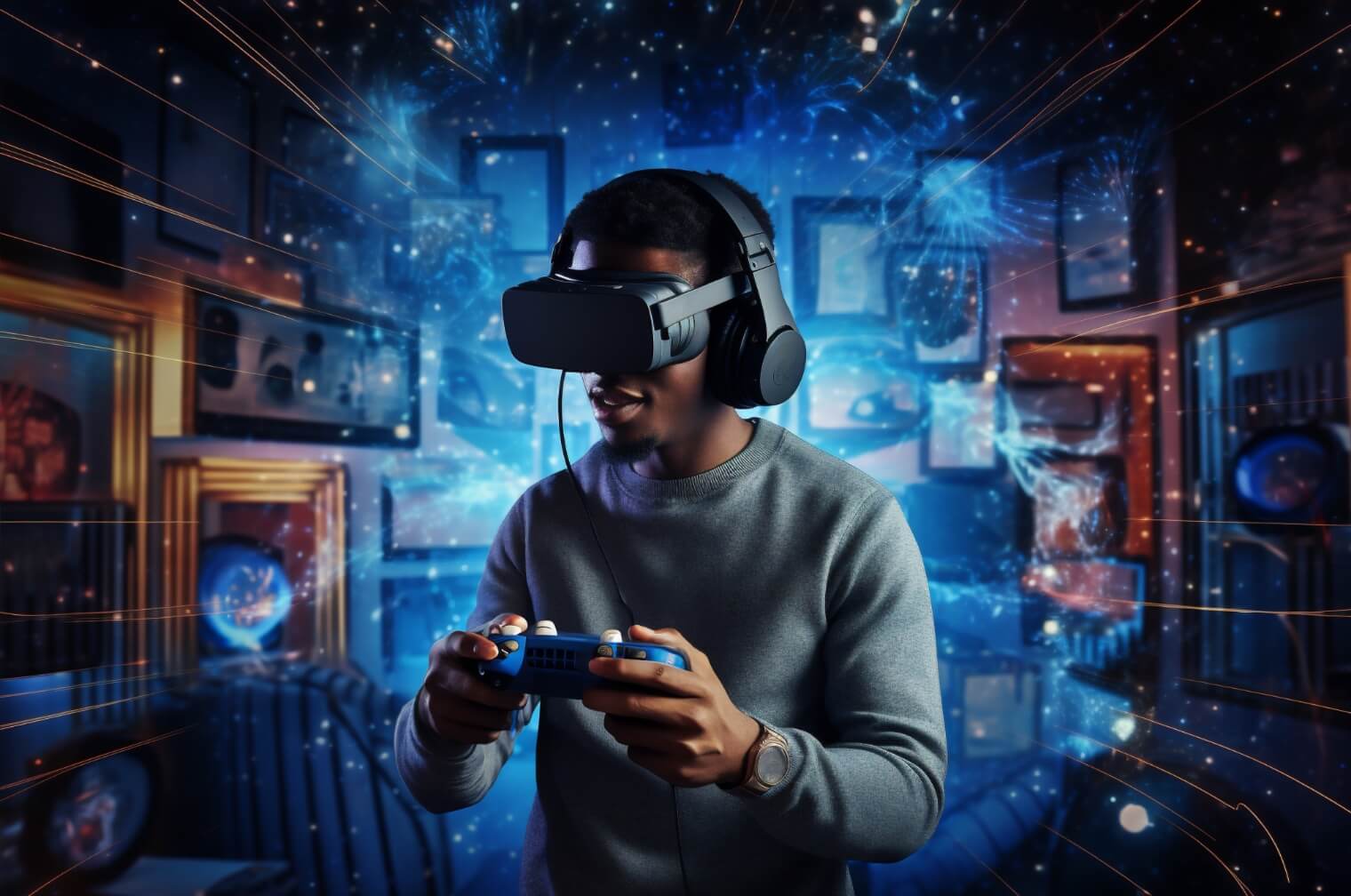
Are you witnessing the advance of your gaming rivals while your development costs skyrocket and your timelines become unbearable? Businesses that fail to adapt risk becoming obsolete in a digital entertainment landscape that is becoming increasingly competitive. The AI in Gaming Industry revolution is not coming; rather, it is already here. Artificial intelligence has transformed from an experimental curiosity into an essential business infrastructure in the gaming industry. In contrast to the skepticism that predominated just two years ago, 79% of game developers will now favor AI integration by 2025.
This is about more than just staying ahead of the curve; it’s about staying in a market that is expected to grow at an annual rate of 18.6% to $5.67 billion by 2029. The State of AI Adoption in Gaming Right Now The numbers tell a compelling story about the adoption of AI in the gaming industry. According to recent industry reports, 96% of developers planned to incorporate AI into their workflows by 2025, making AI a norm rather than a novelty. This widespread adoption reflects a strategic shift in which studios use AI to address specific workflow issues rather than generalizing to all aspects of development. Developer sentiment has undergone a significant shift. Today, 31% of developers are extremely enthusiastic about AI integration, while 48% of developers still hold somewhat optimistic views. In stark contrast to the widespread concern that emerged when generative AI first appeared in mainstream development tools, only 5% express concern regarding the technology. This sentiment was perfectly expressed by a Redditor from the r/gamedev subreddit: “AI has become the difference between shipping on time and completely missing our market window.” Our creativity is not being replaced; rather, it is being amplified.
Revolutionary Applications Transforming Game Development
Independent gameplay and intelligent NPCs Non-player character behavior has been transformed by AI applications in the gaming industry, resulting in entities that are unprecedentedly sophisticated at simulating human decision-making. The first truly autonomous AI teammate capable of environmental perception, strategic development, contextual communication, and complex task execution, including combat and resource management, is NVIDIA’s PUBG Ally. This represents the pinnacle of this evolution.
These AI-enabled NPCs learn by imitating elite players, allowing for more realistic interactions that guarantee that every player will have their own unique gameplay dynamics. However, many players view AI teammates as “legalized cheating” in multiplayer settings, which has sparked heated debates about competitive fairness. Enhancement of graphics via machine learning By transforming low-resolution imagery into higher-resolution versions while maintaining visual authenticity, AI upscaling technology has given new life to both classic and contemporary video games. In titles like “Cyberpunk 2077” and “Control,” NVIDIA’s DLSS technology exemplifies this capability by providing enhanced graphics and faster frame rates.
AI alters imagery frame by frame using convolutional neural networks, producing:
• Better rendering of textures
• Improved quality of surface reflection
• More realistic shadows and lighting
• Environmental details that are photorealistic “AI-powered graphics enhancement has become the secret weapon for studios looking to deliver AAA experiences without AAA budgets,” TechCrunch reported.
Scaled procedural content creation With the help of generative AI, developers are able to produce innumerable, constantly evolving experiences with each gameplay session. Games like No Man’s Sky and Minecraft show how AI makes sure that players never run out of things to do in a virtual world. This technology makes progressive NPCs that change, learn, and change during gameplay. This keeps things unpredictable and makes it easier to play again, which is important for strategies to keep players and make money. Patterns of Strategic Implementation Developing A nuanced understanding of where AI can add the most value is revealed by industry analysis.
Support capabilities seeing increased adoption include:
• Playtesting and quality control that are automated
• Systems for communication moderation
• Bug fixing and code optimization
• Services for translation and localization Intriguingly, creative applications have seen a decline in implementation rates, with less use in adaptive difficulty systems, narrative design, and art creation.
This trend shows that the gaming industry understands that AI works best when it complements rather than replaces human creativity. “We benefit most from AI tools that simplify playtesting and automate bug detection,” a marketing director recently stated. While preserving our creative vision, AI-powered localization solutions could save a lot of time and money. The emergence of AI-based video games The first AI-native games appeared in the first quarter of 2025. These games were made with AI integration in mind from the beginning rather than as an afterthought. This fundamental shift in game architecture includes revolutionary AI integration into established engines like Unity and solutions for autonomous testing. This trend is highlighted in Reddit discussions in r/IndieGameDev: “We’re not just adding AI features any longer: we’re building games that couldn’t exist without AI.” It has fundamentally altered our development philosophy.”









